A 22nd Century Science: How to Demonstrate that Astrology is True
This book is one of the most surprising books of the year and possibly of the last 350 years.350 years is the length of time that astrologers have been waiting for their subject to be finally vindicated and validated by experimental science.In A 22nd Century Science, Paul Westran suggests that a simple error of perception has impacted our scientific understanding and appreciation of the ancient subject of astrology. For more than 2000 years people have applied the classical idea that horoscopes are fixed, static and fated and that your entire life and personality can be summed up by this single photograph of the sky for the moment you were born. In fact, he says, horoscopes are in constant dynamic motion, which makes them more like movies of your life than photographs of your birth. What's more, he provides a surprisingly convincing demonstration that almost every scientific test or experiment done so far in this subject is likely to be partial or flawed if it did not take this fact into account.As Westran applies this dynamic approach he demonstrates quantitative (statistically significant), qualitative (full-color graphs of famous people and couples lives matching astrological events) and falsifiable evidence for the astrological hypothesis by testing astrological data that no other researchers had tested. The type of dynamic astrology Westran describes appears to affect everyone, and the patterns it creates are startling, elegant and convincing. He details the astrological connections that happen most often in relationships and shows us which ones we can expect to impact us during life.It feels like before this book we were Flatlanders when we looked at astrology, now we have been lifted into a new dimension and can view it from above.Westran argues that a natural consequence of the actual usefulness of astrology demonstrated here is that it will most probably form the basis of a future science, but only after we lose our current view of the subject as a diverting entertainment or pious fraud.Ultimately, Westran is describing the foundation of a new type of technology, one based upon the ancient ideas contained in astrology, but which is not hampered by the sometimes contradictory content of the many branches of the 21st Century subject and this is a development that surely no one, not even astrologers, was expecting. What's more, he does it with the assured confidence of someone who has spent a great deal of time contemplating the quality and implications of his research results.This book contains the most informed and compelling argument for the astrological hypothesis since the subject was excluded from academia in 1666.An extract from the author's preface:"If you don’t believe in astrology, there is a chance that this book will change your mind. If you believe in astrology, it will most probably expand your horizons. For any reader of either persuasion, there will most likely be some measure of dissonance as you read. Beliefs are powerful things, and people don’t exchange theirs for new ones cheaply. Astrology is one of those polarizing subjects where you either believe in it (and if you do, you probably love it), or you think it is utter nonsense and you either pity or despise those people who believe in or practice it. If you identify as the latter, the evidence set out in this work is compelling enough to at minimum make you change your mind about what it is you don’t believe. If you understand, and more importantly, believe what you read, you will also find it hard to retain the belief that astrologers are all either charlatan or deluded."Paul Westran is the author of When Stars Collide - Why we love, who we love and when we love them (2006), the first book devoted to progressed synastry, and is the creator and director of the websites positiveastrology.com and quando3.net










